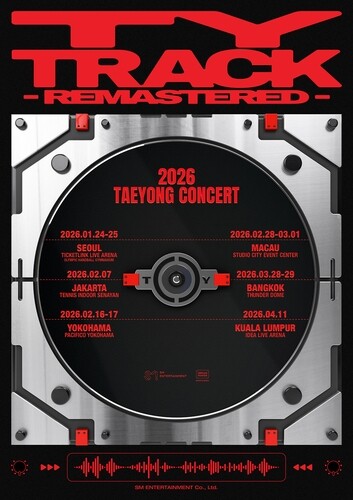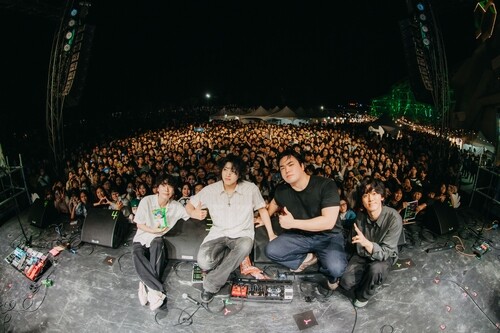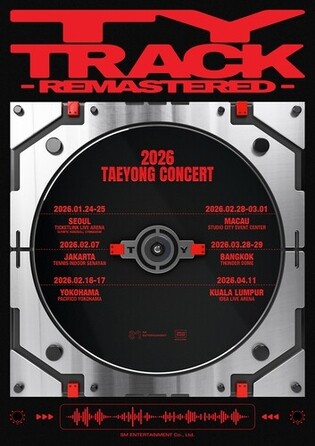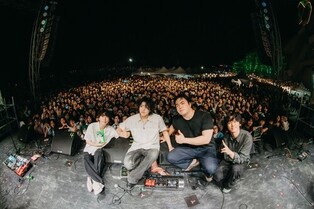*Editor’s note: K-VIBE invites experts from various K-culture sectors to share their extraordinary discovery about the Korean culture.
Matthew Lim's AI Innovation Story: The Role of Journalists in the Age of AI
By Matthew Lim, AI expert and director of the Korean Association of AI Management (Former Head of Digital Strategy Research at Shinhan DS)

In March 2025, Il Foglio, an Italian conservative-liberal daily, became the first media outlet in the world to publish an edition composed entirely by artificial intelligence (AI).
From writing articles and crafting headlines to editing and layout, the entire process was handled by AI. Journalists were only responsible for inputting questions and reviewing the answers. The special four-page edition featured stories on U.S. President Donald Trump and Russian President Vladimir Putin, an outlook on the Italian economy, and even a letter from a reader asking, “Will AI make humans obsolete?” to which AI responded, “It still doesn’t know how to order coffee.”
 |
| ▲ An AI-generated cover page of Il Foglio, an Italian conservative-liberal daily. (PHOTO NOT FOR SALE) (Yonhap) |
According to The Guardian, while the AI-written articles were concise, clear, and largely free of grammatical errors, they lacked direct quotes from human sources. After a month-long trial, Il Foglio reported increased sales and decided to launch a regular weekly AI section.
Such developments inevitably prompt a fundamental question:
"Are journalists still necessary in the age of AI?"
In fact, AI’s presence in journalism is not new. The Associated Press (AP) has used AI since 2014, partnering with Automated Insights to produce corporate earnings reports and sports stories—fields well-suited to automation due to their structured formats and data-driven content.
As a result, AP doubled its corporate earnings coverage in 2015 and later expanded AI journalism into minor league baseball, soccer, and college basketball.
Korean news outlets have also adopted AI-generated content, particularly for breaking news and weather forecasts. While early AI journalism focused on processing structured data, today’s generative AI has significantly expanded in both scope and depth.
AI now produces analytical articles on political and social issues—territory once thought to require human judgment.
◇ Three Challenges Generative AI Brings to Journalism
These advancements pose three critical challenges to the foundations of journalism.
First, accountability.
Human journalists are legally and ethically responsible for their reporting. But who is accountable for an article written by AI?
The answer must be clear: the media outlet and its editorial leadership must bear responsibility. While AI generates content, humans remain responsible for reviewing, verifying, and publishing it.
In 2023, an incident in the U.S. involving false information generated by AI highlighted this issue. The root cause was not the AI itself, but a failure by human editors to verify the content.
Second, reliability of information.
AI writes based on the data it is trained on. If that data is biased, the resulting content will reflect those biases.
The Washington Post reported that Il Foglio’s AI experiment included instances of plagiarism and misinformation that had to be corrected by human editors. This illustrates why AI-generated content should not be published unfiltered. Just as a desk editor reviews human-written stories for errors, AI content must undergo thorough human verification.
Given the current limitations of AI, human oversight and correction remain essential.
Third, the ethics of news gathering.
Journalism is more than information delivery—it is grounded in human trust and ethical responsibility. Journalists meet sources, understand context, and sometimes have a duty to protect them. AI cannot replicate these human interactions or ethical judgments.
The lack of direct human quotes in Il Foglio’s AI edition underscores this limitation. However, journalists' roles need not be limited to inputting prompts. Interview content from human sources could be used as AI input to generate more nuanced articles—a hybrid approach that leverages both technology and human journalism.
◇ The Future of Journalism in the AI Era
Paradoxically, the rise of AI is making human journalists more important than ever. AP’s 2023 AI usage guidelines underscore this point. The agency prohibited using AI to generate news content and images, and required that AI-generated materials be verified with the same rigor as human-sourced information.
Amanda Barrett, AP’s vice president at the time, stated, “Journalists are responsible for ensuring the accuracy and fairness of the information they share,” emphasizing that “AI is not a replacement for journalists.”
This conclusion comes from AP’s decade-long experience experimenting with AI journalism. They recognized that while AI can be a useful tool, it cannot replace human judgment or ethical responsibility.
So, what direction should journalism take in the AI era?
First, media outlets must establish clear ethical guidelines and policies for AI use. If AI is involved in content creation, it should be transparently disclosed to readers, and responsibility for the content must rest with the human editorial team.
Second, journalists should actively use AI as a tool while reinforcing journalism’s core principles of reporting and verification. A practical collaboration model could involve journalists gathering facts and shaping a draft, with AI assisting in generating the article, followed by human refinement for depth and insight.
Indeed, AP is evolving toward such a model—automating routine segments while reserving insightful reporting and interviews for human journalists. Reporters must critically evaluate AI-generated content and enhance it with the voices and perspectives of real people.
Third, media literacy among readers must be strengthened. Audiences should be educated on how AI-generated content is created, what its limitations are, and how to critically evaluate it. Transparency in the production and verification of AI journalism can help build trust.
◇ Truth and Responsibility Are Human Domains
While AI is reshaping the form of journalism, it also underscores the enduring importance of human journalists. The core values of journalism—truth-seeking, holding power accountable, and fostering societal dialogue—cannot be replaced by any technology.
Technological advancement is inevitable. But if humanity’s ability to manage and control it fails to keep pace, journalism risks losing its credibility.
As Il Foglio’s experiment shows, AI may excel at formulaic reporting, but it falls short in conveying the human voice.
The key to successful journalism in the future lies in balanced collaboration between technology and humans. AI may replace some functions of journalists, but it can never substitute journalism’s essence.
A journalist’s true value lies not in what AI can do, but in their unwavering pursuit of truth and social responsibility.
(C) Yonhap News Agency. All Rights Reserved



















![[풀영상] 디즈니+ '메이드 인 코리아' 제작발표회|현빈 Hyunbin·정우성 Jung Woosung·우도환·서은수·원지안·정성일·강길우·노재원·박용우|Made In Korea](/news/data/20251215/p179554206856695_165_h.jpg)














